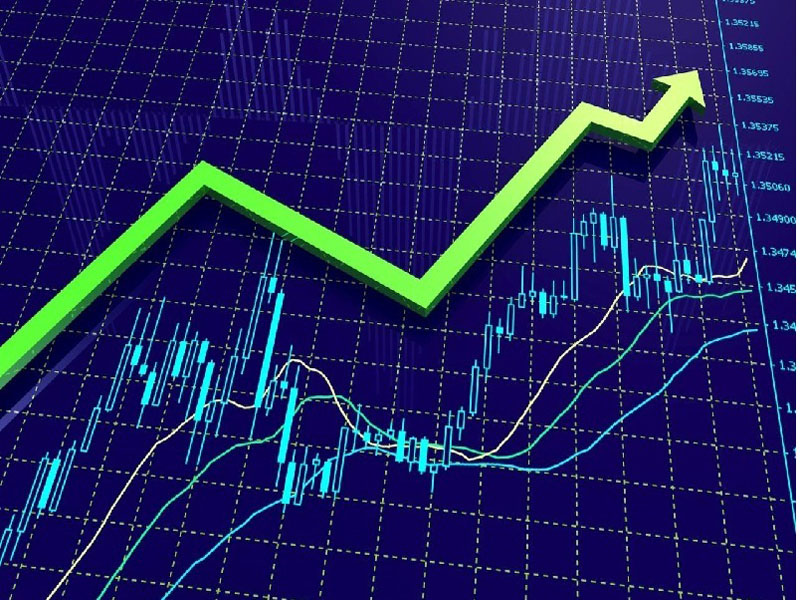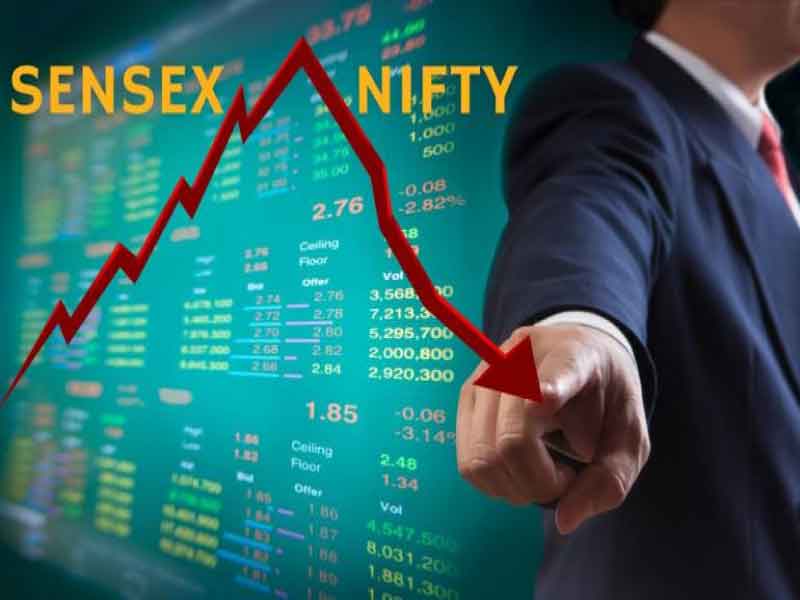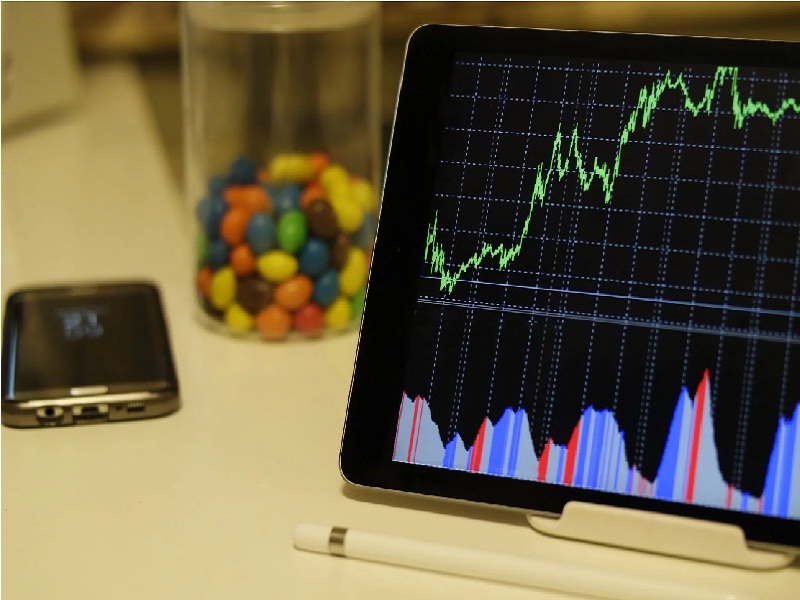Is the market valuations attractive for long-term investors?
Published On: Thursday, March 26, 2020 | By: Team KnowMyStock

The coronavirus pandemic has badly shaken the global economies and triggered an across-the-board sell-off in equities as an asset class. The Dow Jones Industrial Average (DJIA) and the S&P 500 ended their 11-year bull-run as the S&P BSE Sensex and the Nifty 50, too, entered bear-market territory with a fall of over 30 percent each. A fall of 20 percent or more in a stock, or an index, is regarded as a bear phase for that traded unit. 18 percent of the stocks that comprise the Nifty 100 and have long trading histories recently traded below their global financial crisis (GFC) valuation. The market meltdown also saw 84 percent stocks go below their five-year and 78 percent below their 10-year average valuations, experts opined.
“This is not the end of investing in equities. We have seen such situations many times in the last couple of decades. As regards the COVID-19, one now needs to monitor fresh cases in the US, Europe and India. Developments in these geographies will decide the markets trajectory from here. Typically, when the markets fall so fast, there is some support once they slip around 25 to 30 per cent from the peak—and that’s where we are right now in terms of current market. The biggest correction phase in history was around 60 per cent fall from the top in 2008 during the GFC. The corresponding level now works out to be around 6,000 on the Nifty, which should act as an absolute support base,” says experts.
As per the available data markets usually rebound the most in three-six months post sharp corrections. Except for one instance during the tech meltdown of 2000 markets have delivered positive returns in the subsequent 12-month period.
“On an average, it takes about 156 days between the peak to trough – the lowest has been 35 days in 2006 and the highest 410 days in November 2010 – December 2011,” said experts.
As such the sharp fall in the Indian markets from their peak levels has made valuations attractive for long-term investors, analysts say.
We are on Telegram!
JOIN our telegram channel to receive updates on Financial News and Stock and FNO Tips.
Click Here!
Follow Us On:






